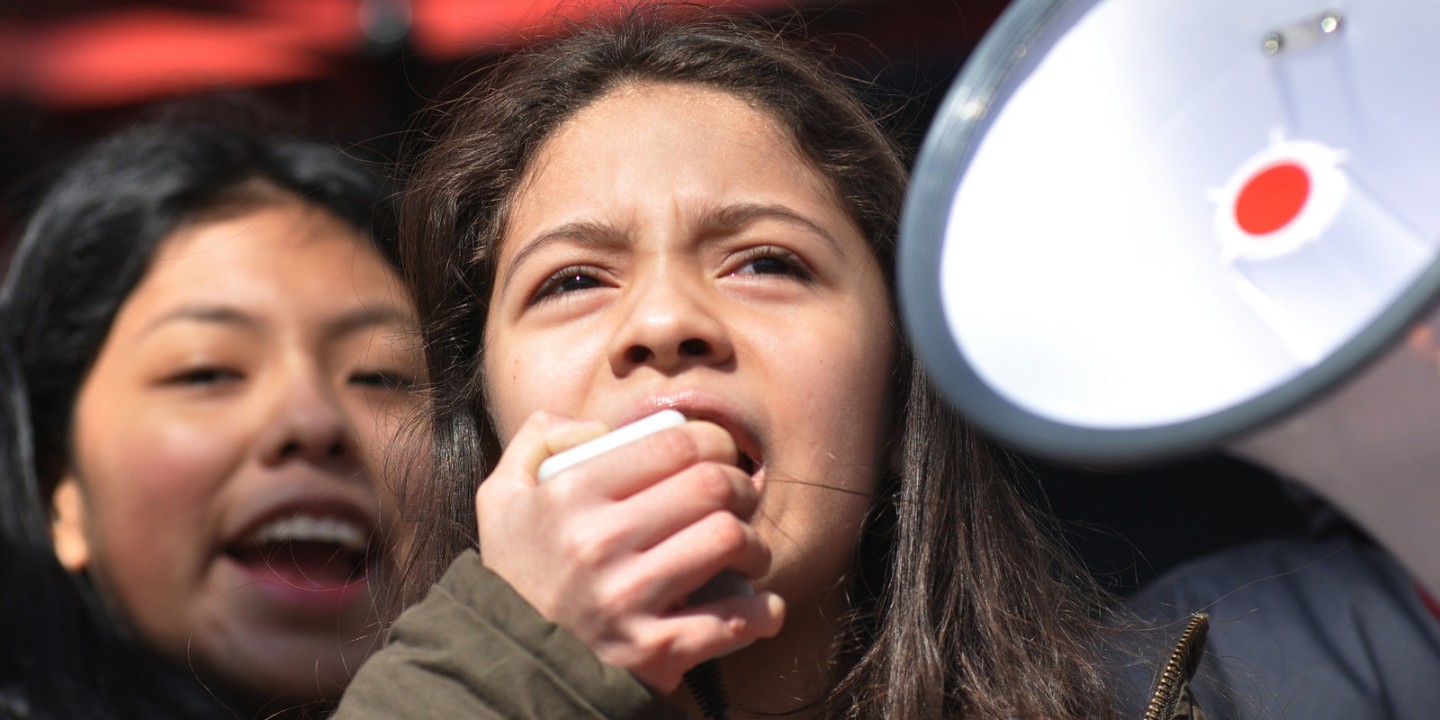Why this gun-control movement might be different
The March for Our Lives activists are avoiding some of the patterns that have paralyzed previous efforts.

When Sam Zeif met with President Trump after the mass shooting at his high school in Parkland, Florida, he broke down in frustration and tears. “How have we not stopped this?” he asked. “After Columbine? After Sandy Hook?”
Zeif’s outrage is understandable. It’s also easy to understand those who have become cynical about political leaders’ persistent unwillingness to tackle gun violence. More than 200 school shootings have taken place since the murders at Columbine, Colorado, in 1999. About 39,000 gun deaths happen each year in the United States. Legislators have mourned but done nothing to address the problem. No meaningful gun control legislation has been passed at the federal level since 1994, when a ban on certain semiautomatic weapons was tucked into the crime bill. That ban expired in 2004.
But the hundreds of thousands of people who gathered at March for Our Lives rallies in late March offered hope that a new movement is under way, led by teens who have seen the trauma of gun violence firsthand and say: no more. What’s hopeful about the latest movement, besides the refreshing leadership of uncynical students, is how it has avoided some of the patterns that have paralyzed previous efforts.
To start with, the student-led movement has recognized that gun violence affects everyone; it is an issue for people of all races and places. It is an issue that should unite Americans, not divide them.
In her speech at the rally in Washington, 17-year-old Jaclyn Corin acknowledged the racial divide that has to be overcome on this issue. In 2012, black teenagers occupied Florida’s state capitol to protest the shooting of black teenager Trayvon Martin—without getting the kind of attention the Parkland survivors are getting. “But we share this stage today and forever with those communities who have always stared down the barrel of a gun,” said Corin. Edna Chavez, a student from South Los Angeles, was one of the speakers at the Washington rally. “I learned to duck from bullets before I learned to read,” she said.
The movement also has avoided partisan politics. “This isn’t about the GOP. This isn’t about the Democrats,” said student Cameron Kasky. “This is about us creating a badge of shame for any politicians who are accepting money from the [National Rifle Association] and using us as collateral.” Judging from past failures at gun control, effective strategies and rhetoric will be issue-oriented, not party-oriented.
Third, the movement has focused on electoral process. It has called on young people to register to vote and to hold candidates accountable. “We are going to take this to every election, to every state and every city,” said Parkland student David Hogg. “When politicians send their thoughts and prayers with no action, we say no more.”
A version of this article appears in the print edition under the title “This gun control effort could be different.”





